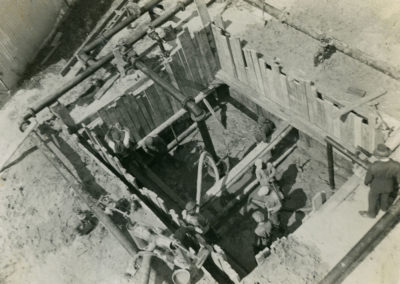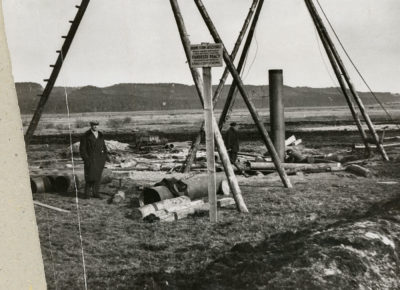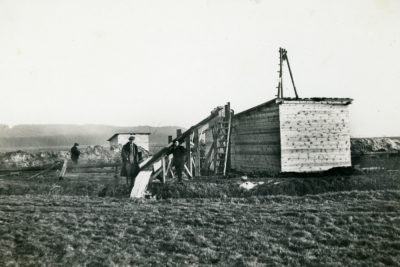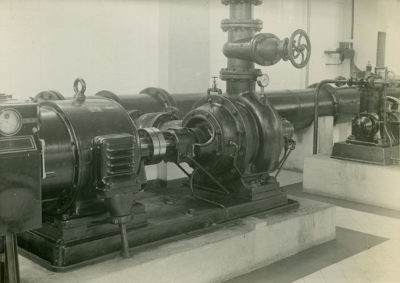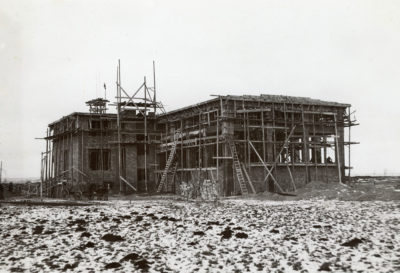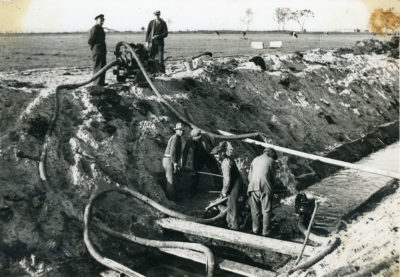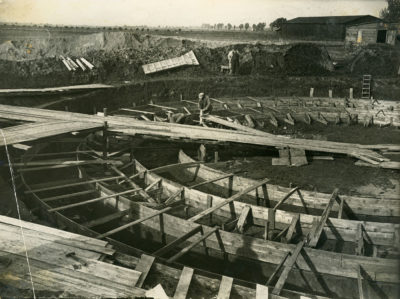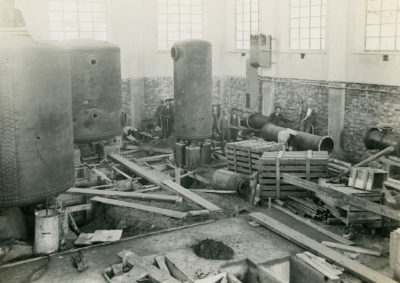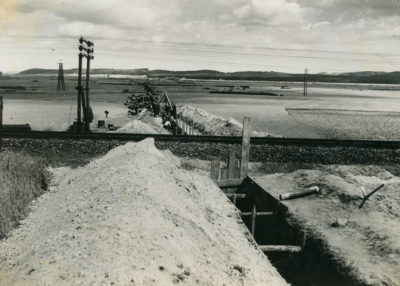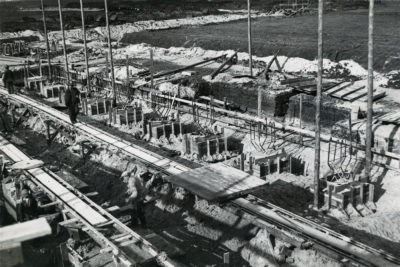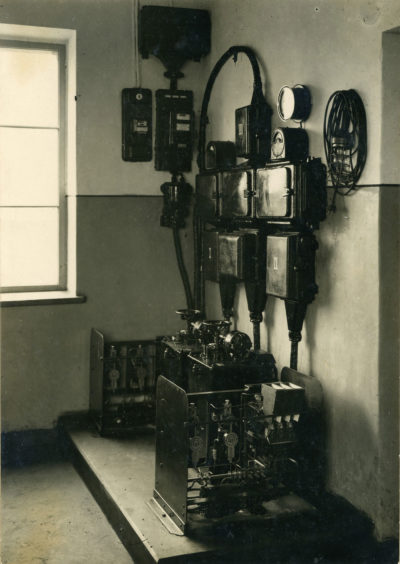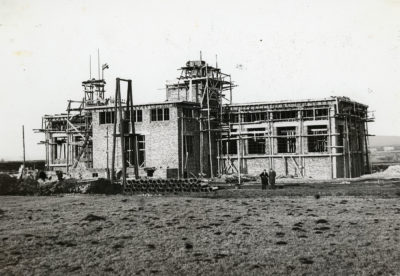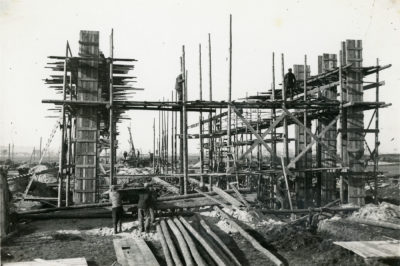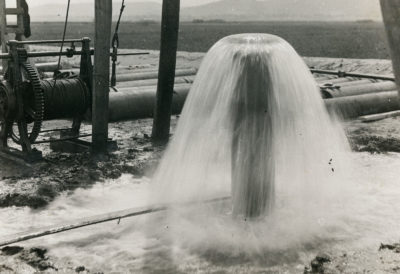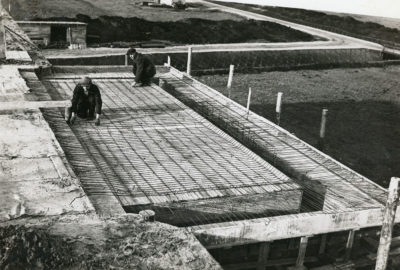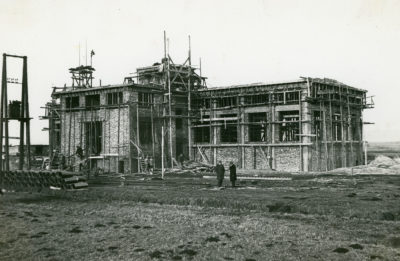The Construction of the Water Supply and Sewage Systems in the Interwar Period (56 objects)
As the city and the port were developing which resulted in an influx of people, the expansion of the water supply and sewage systems became one of Gdynia?s problems. Initially, local systems were built to provide water for small areas. Even before World War I, in 1912, a windmill was installed in the Oksywie district. It powered the pump which pumped water into the pipeline which supplied its inhabitants. In 1924, Pierwsze Polskie Towarzystwo Kąpieli Morskich (the First Polish Sea Baths Association) constructed a pipeline in the vicinity of Kamienna Góra and a well near today?s Ejsmonta Street from which water was drawn for the summer resort which was being constructed then.
After Gdynia became a city, the City Council started its efforts for a consistent expansion of the water and sewage system. In the early 1930, the municipal Water and Sewage Company was established. Even then, there was a waterworks system which was based on the pipelines and water reservoirs which had been constructed earlier, like the one in Tatrzańska Street. In the following years, more water reservoirs as well as lifting and pump stations were put in use in the city: in Jana z Kolna Street, in Oksywie and Obłuże or in the port.
The largest investment of this type in the interwar Gdynia was the construction of the new water intake for Gdynia in Rumia. For the start, as a part of the published collection, we are presenting the photos of two sets of photographs which show this investment: MMG/HM/II/284/1-40 and MMG/HM/II/521/1-40. In them, you will be able to see the construction of the water main pipeline in Chylonia as well as the meadows between Gdynia and Rumia and the construction of the machinery hall in Janowo (today?s Rumia Janowo).







